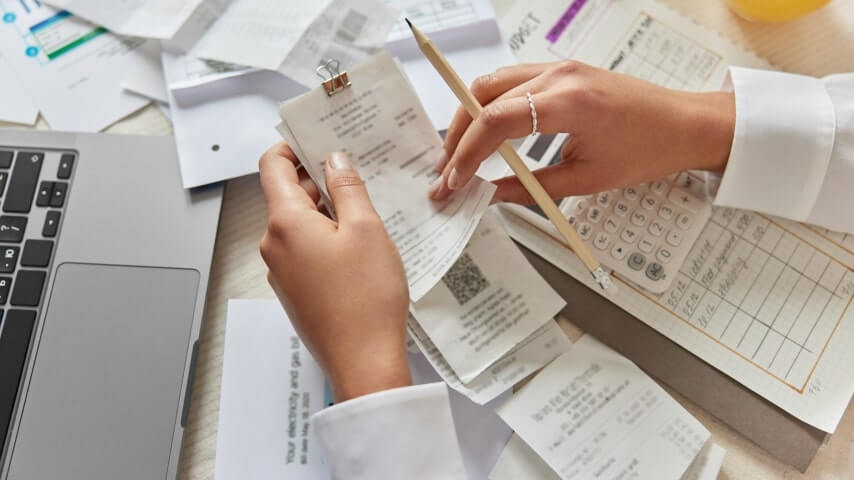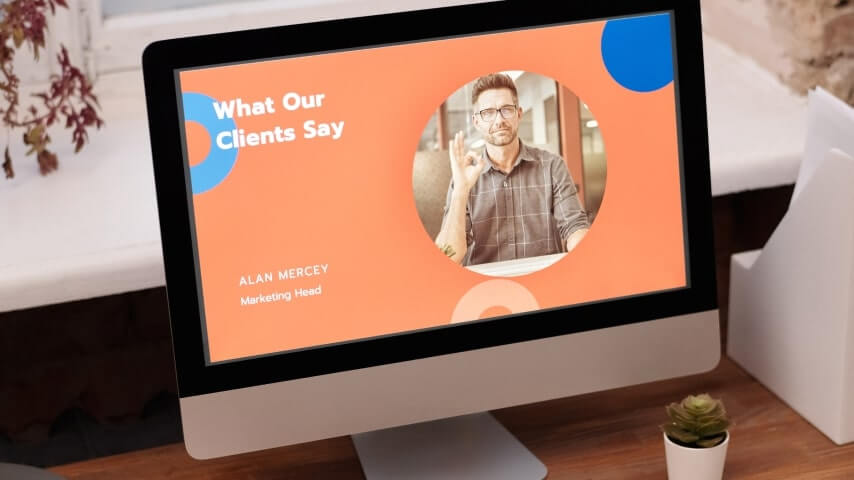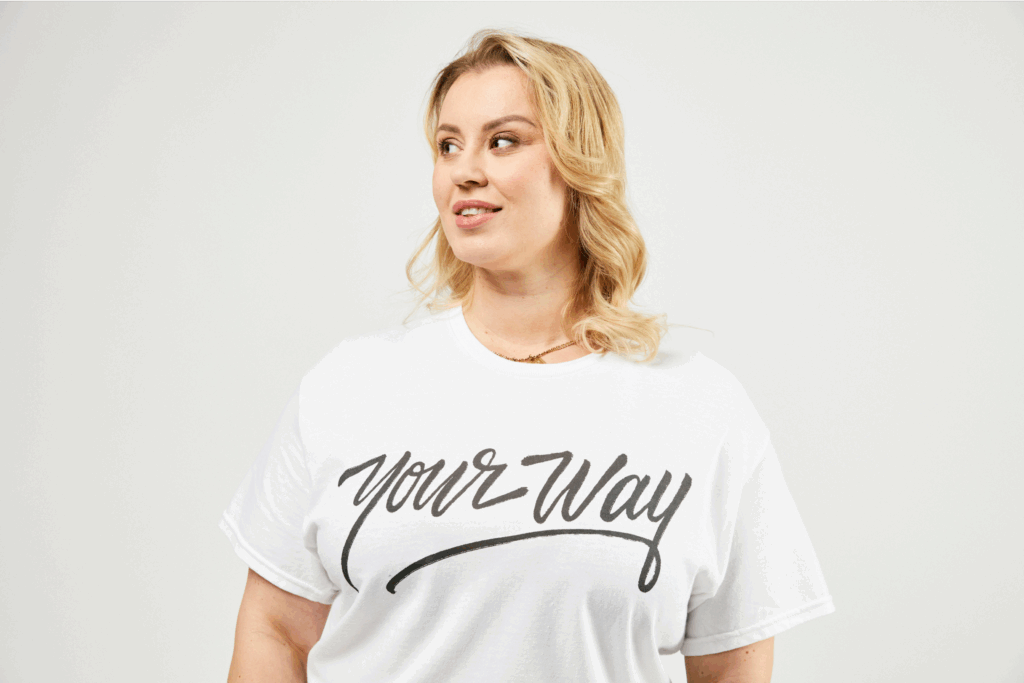Sell custom products without inventory
Zero. Okay, maybe that’s a little exaggerated. Bear with us until the end, when we’ll show you a very cost-effective business model that requires no inventory, upfront investments, or logistical hassles.
But first, let’s look at entrepreneurship as a whole. How much money do you need to start a business? The answer depends on different factors, such as business types and expenses.
In this article, we’ll help you understand them all. Let’s get started.
Understand your business
First, you need to understand the business itself to know how much do you need to start a business. That means you should take a comprehensive look at the following:
- your competition and what they’re offering,
- your target market and its needs,
- and your business idea – the goals and plans for achieving them.
How do I do that?
You’re asking all the right questions – and we have the answers.
Research your potential market

We can’t emphasize enough how important market research is to startup businesses. You can go in with guns blazing and zero research, but many new business owners will admit that their failure was mostly due to a lack of understanding of their market.
To avoid those mistakes and launch your small business successfully, you’ll have to dig deeper into your target market and its habits. And here’s how.
- Define your business type. Is it a limited liability company, sole proprietorship, public limited company, or any other type?
- Define your buyer personas. Identify your target audience, aka the people who will use your products or services. List important factors like age, geographic location, and income.
- Get official insights. Keep yourself informed by reading market reports, statistics, and articles online regarding your business type and market.
- Evaluate your competitors. Analyze the current market players in your field and what they offer. From prices to unique selling points, availability, and even negative feedback.
- Test your ideas. To get valuable feedback, small business owners often test their products or services in a small, trusted circle of people. Do surveys and focus groups to test the customer experience and refine your offers before going public.
Consider writing a business plan
If you want to feel more secure about the future of your business, consider writing a thorough business plan. From your target market, premises, and employees to startup expenses, small business loans, marketing costs, and everything in between.
A business plan will help you thoroughly understand your business and all its aspects, needs, costs, and potential.
Make it happen today!
What expenses to consider when starting a business?

Since you’re here to find out how much money do you need to open a business, let’s focus on your startup funds.
Depending on your field of operations, there are several business costs to consider.
One-time vs ongoing costs
One-time costs are most relevant at the beginning of your business journey. These are the common startup costs that you’ll only need to pay once. These expenses include one-time purchases like equipment and furniture, business licenses, domain names, and accounting software.
However, ongoing expenses will burden you regularly – but rightfully so, as they cover things your business needs continuously. Such as utilities, rent, salaries, and maintenance fees.
Fixed vs variable costs
Fixed costs are those business expenses that stay consistent from month to month. No matter how much or how little your business sells or produces, these costs remain the same. Fixed expenses include rent, salaries, and insurance.
Variable expenses, as the name suggests, vary depending on how much or little you sell or produce. Variable costs include shipping costs, raw materials, and labor.
Now that you know the general areas of the most common expenses for new businesses, let’s look at them in more detail. Here are the six main operating costs to consider for aspiring entrepreneurs.
Real estate

If you plan to run your new business from a specific location that isn’t your home, you’ll need to calculate some startup costs for premises. Whether it’s an office space, factory, storage house, or store – leasing or buying will rank up expenses for small business owners.
Pro tip
Choose Print on Demand and join millions of business owners who run successful companies from the comfort of their homes – saving large amounts of money on real estate costs.
Equipment, supplies, and inventory
Equipment expenses are among the highest costs when starting a business. But – those are mostly one-time costs. At least for a while.
If, later on, you need to replace or purchase new equipment, those count as unexpected costs, which you should keep in mind.
Supply expenses vary based on your business and the number of products or services you provide or manufacture. Materials, too much inventory, machinery, and office supplies can pile up, so make sure to include everything when planning your budget.
Remember
How much inventory, supplies, or special equipment do you need to run a print-on-demand business? Close to none. All you need is a computer, an internet connection, and some time.
Workforce-related expenses

As a new business owner, don’t forget about payroll and other costs related to your workforce. Those expenses might not affect startup costs too much for small businesses, especially if you work alone or with family.
However, once your successful business takes off, you might need to scale it accordingly, investing more in employees, training, insurance, and other benefits. Keep those expenses in mind when planning your business startup costs.
Wanna hear something amazing? If you choose Print on Demand, you don’t have to hire staff and pay them monthly salaries. That’s right. POD companies do everything for you while making sure that your products get printed, packaged, and delivered to the customers, fast. They also have dedicated customer support to resolve any issues that may come up.
Operational fees
Depending on the nature of your business, you might need to acquire certain permits, licenses, and liability insurance to ensure your company meets the legal requirements of your country or state.
Make sure to research what is needed for your type of business and field and include these expenses in your overall budget.
Online presence

Many businesses choose to run their own websites instead of using existing online platforms. While this option gives you full control over your website’s functionality, content, and design – it increases your fixed costs and might sound too complicated for aspiring entrepreneurs.
A basic website can cost anything from $1000 to $5000.
However, as your business grows, investing in a professional website or even an app will be a worthy one-time expense that will take your small business to the next level.
Pro tip
If you pick Print on Demand, you can sell products globally via existing eCommerce platforms and marketplaces, avoiding expensive website hosting fees.
Marketing
All business owners must indulge in marketing once their company is established. It’s the only way to reach a wide audience on multiple platforms and channels and promote your products or services uniquely.
Small business owners dedicate approximately 1% of their yearly revenue to advertising. Start small and raise your promotional efforts once you have a steady cash flow. Consider traditional outlets like flyers, newspapers, and radio – and don’t forget about the modern power of social media.
Make it happen today!
How to calculate your estimated costs?

To calculate how much money is needed to start a business, you need to consider everything we’ve mentioned above – and sum it up.
- List your one-time startup costs. This includes all your business licenses, permits, equipment, real estate, and all the other major things you need to start.
- Estimate regular expenses. List all the monthly and ongoing payments necessary to keep your business running – such as insurance, salaries, rent, supplies, and utilities.
- Estimate your cash flow. Calculate the money you need to cover the startup and ongoing costs until the business reaches a break-even point and starts to generate revenue – higher than the expense.
- Consider unexpected costs. Setting aside money for emergencies and unexpected spending is always good.
Create a realistic budget, and don’t forget to regularly review and analyze your actual expenses once the business is taking off to adjust them accordingly.
Example calculation for starting a Print on Demand business
Let’s say you’ve created a Printify account – for free – and picked your first t-shirt. For this example, we’ll use our best-selling Gildan 5000 cotton tee.
Remember
With POD, you pay nothing upfront. Order fulfillment is covered after a customer has already paid for your items.
The blank t-shirt costs $8.36.
Now it’s time to set your profit margin. An average profit margin is around 30%-40%. For this example, let’s set ours at 40%.
- That rounds up our retail price to an affordable $11.70.
But! Don’t forget about shipping!
- The average standard shipping price for local orders is $4.75.
In total, you can list this t-shirt online for $16.45 (shipping is included in the price – which is an excellent seller tactic).
Now, let’s do some math!
A lucky customer saw your t-shirt online, fell in love, and purchased it – paying you $16.45.
From that moment on, Printify takes over the order fulfillment process, charging you:
- $8.36 for production
- $4.75 for shipping
Total fulfillment costs: $13.11
$16.45 – $13.11 = $3.34
You’ve earned $3.34
And that’s your first profit! Some small listing and selling fees may apply depending on your chosen sales channel. Those can round up to approximately $1-$2.
While this might not seem much, remember, you spent nothing in the first place. And the more you sell, the bigger your company’s revenue will be.
Business launching – where to get the funds?

Personal savings can cover small business startup costs, but you might need to invest more than that for bigger dreams and potential cash flow.
In case your own money isn’t enough, there are several financing options to consider.
- Attract investors. Investors are especially great funding sources for small businesses just starting out. They can provide precious funds, skills, expertise, and resources to help you reach your goals.
- Borrow money. If you have friends and family who can lend you the missing funds, it’s always best to turn to them before contacting banks. This way, you can still maintain control over your business. But always clearly define the terms and conditions, even among family.
- Consider a small business loan. While this might not sound like the best option, don’t be scared of taking out a small loan to start your business. Just read the fine print at the bottom of the contract to avoid misunderstandings.
Start a cost-effective POD business with Printify
100% Free
Signing up, creating your account, and designing countless products is entirely free. You only need some time and patience to get started. Once you’re in – the POD world is at your fingertips.
Vast product scope
The Printify Catalog has more than 900 products – with more to come every month. You can customize and sell anything. Apparel, accessories, baby products, pet supplies, home decor, art, games, and more.
Global fulfillment
Printify fulfills orders all around the world. We have printing facilities in the US, Canada, China, Europe, and Australia. No matter where you or your customers are – we’ll print, package, and ship your products directly to the buyers.
Free design tool
The easy-to-use Product Creator (formerly known as Mockup Generator) will easily guide even inexperienced sellers through the design process. Upload images, customize text, switch fonts and colors, create patterns – the design tool has all the necessary features.
Dedicated support
No matter the issue, our Support team will help, advise, and guide you via email 24/7 and live chat on workdays. Our agents are the best in the field – professional, kind, and happy to solve your problems.
To summarize
How much money should you have to start a business? Not that much – depending on the business itself.
To generate the most amount of annual revenue without investing money upfront, choose Print on Demand. We turn small businesses into goldmines in no time.












